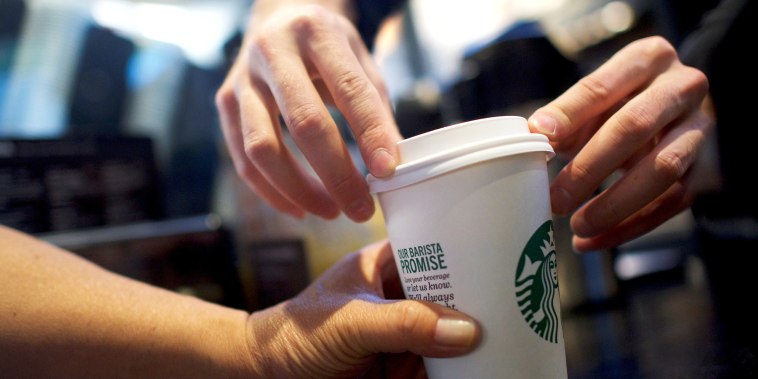The global restaurant industry is currently experiencing the effects of a long-predicted consumer pullback, with giants like Starbucks, KFC, and McDonald’s feeling the impact. This pullback has been projected for quite some time due to numerous factors such as attrition in consumer spending, changes in eating habits, and economic instability over recent years.
Firstly, the declining consumer spending is a primary catalyst behind this shift in fortunes. This reduction in expenditures is influenced by stagnating wages and rising living costs. The longstanding wage stagnation problem means that consumers have considerably less disposable income to spend on dining out. At the same time, inflating living costs — from rent and mortgages to utility bills — are eating increasingly into incomes, leaving even less for such leisure activities.
Starbucks, KFC, and McDonald’s – the stalwarts in the fast-food industry – are specifically bearing the brunt of these reductions in consumer spending. With these popular chains generally operating on a high-volume, low-margin business model, even a small percentage point drop in consumer spending can result in significant reductions in revenue. As a result, these chains are finding it increasingly difficult to close the gaps in their bottom lines.
Adding to these challenges are the changing eating habits of consumers. A reported shift towards healthier, more sustainable, and locally-sourced food options is eating into the profitability of fast-food restaurants. These changes have been driven by a growing awareness around healthy eating and sustainability amongst consumers. The new-age customers are ditching the greasy burgers and high-sugar drinks for healthier alternatives. This behavioural shift is posing a dilemma for fast-food giants like McDonald’s and KFC, who are struggling to align their fatty, high-calorie menus with the new consumer demand.
Additionally, the larger socio-economic environment has worsened these effects. The global economy has gone through some highly volatile periods in recent years, culminating in the ongoing pandemic. This instability has led to economic recession fears across many countries, further validating consumers’ choice to hold back on their eating out habits.
To cope with this pullback, the companies have to make strategic changes. Starbucks has been investing in expansion in China, leveraging the country’s growing middle class and their taste for western coffee culture. McDonald’s and KFC have expanded their range of healthier options, trying to mimic more market-specific, fast-casual chains and their locally-sourced, fresh food offerings. Furthermore, McDonald’s has introduced value meals, tapping into the budget-conscious segment of consumers.
In addition to this, the giants are seeking innovative approaches to respond to these challenges. This includes optimising delivery and mobile ordering services to enhance customer convenience and capitalise on the increasing trend of dining at home. Furthermore, they’re boosting their digital marketing efforts, focusing on social media platforms to engage with their audience better.
These manoeuvres show that the restaurant industry giants are willing to adapt and pivot in response to the changing consumer landscape and economic climate. While the long-predicted consumer pullback is presenting substantial challenges to the industry, it also offers companies like Starbucks, KFC, and McDonald’s an opportunity to innovate, differentiate themselves from their competition, and seize a larger market share in a newly-evolving economic and demographic scenario.




